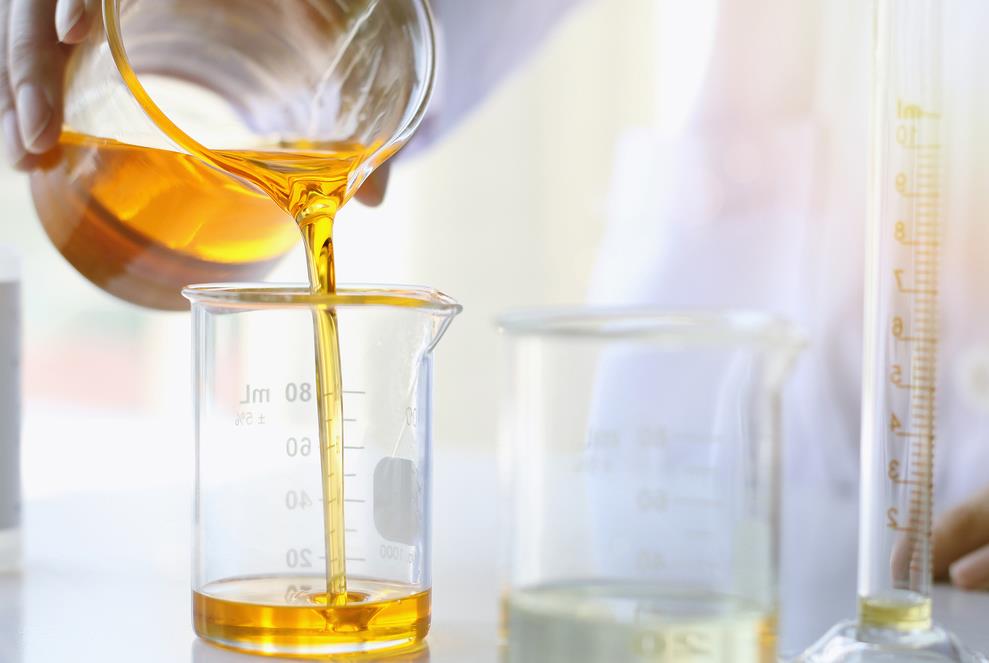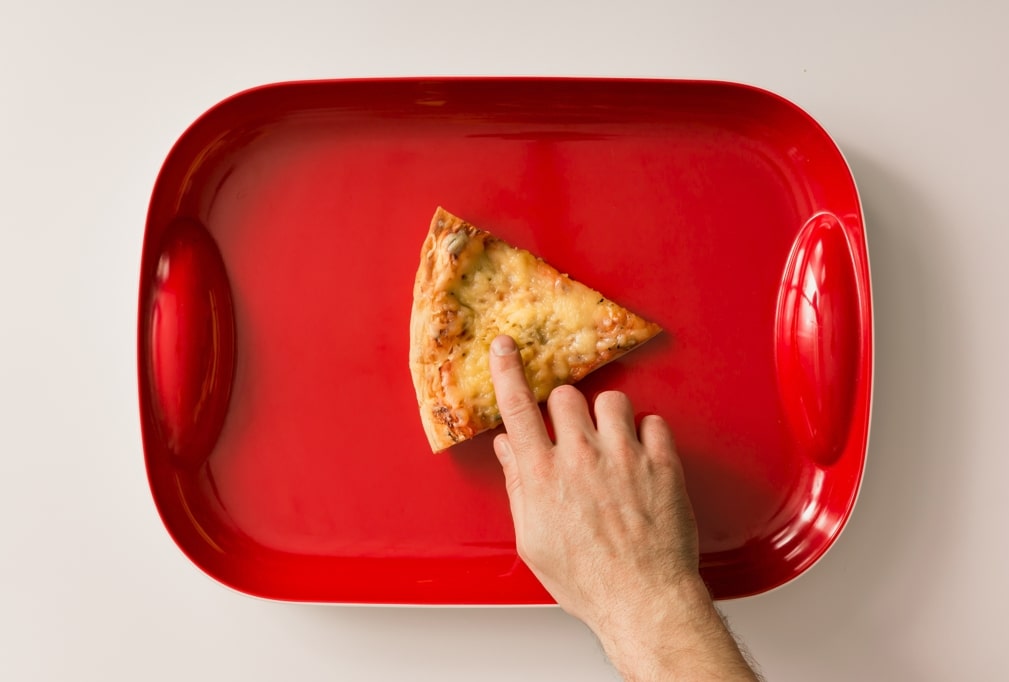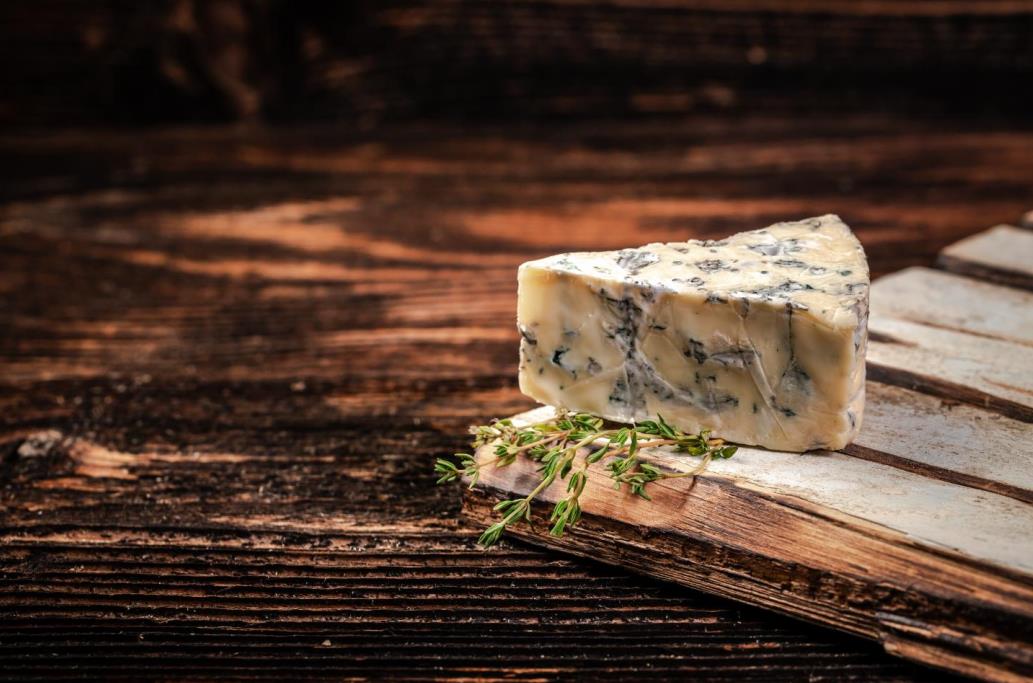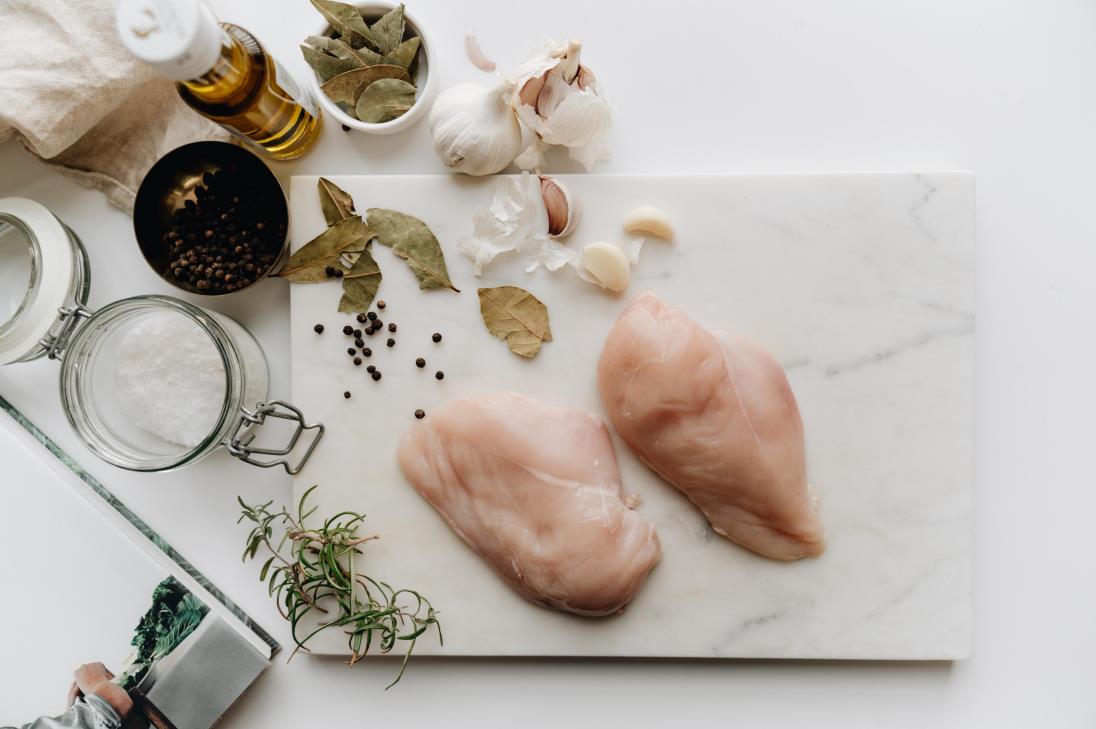On the surface, a kitchen is not dangerous ― indeed, for the most part, it is not. However, as with all working environments, a kitchen is only as safe as you make it. Not following simple yet essential safety precautions can harm you, your colleagues, and your family.
Every kitchen is slightly different, but you cannot go wrong with these general rules:
- Knives:
- Never carry a knife pointing outwards
- Avoid cutting directly towards yourself or touching the sharp edge
- Don’t leave knives unattended in sinks
- Ovens and stoves:
- Never leave handles of pans sticking out from the stove
- Never leave dishes unattended when cooking
- Fire safety:
- Ensure that your kitchen fire alarm is in working order
- Consider purchasing a fire extinguisher or blanket
- Keep flammable materials and ingredients away from hot surfaces
- Hygiene:
- Disinfect utensils and cutting boards after preparing meat and fish
- Wash your dishes and utensils with hot soapy water
- If you touch trash cans, wash your hands before continuing to cook
- General safety:
- Beware of children or pets in the kitchen while you cook
- Keep your kitchen ventilated to improve visibility and concentration
- Clean up food spills quickly to reduce the risk of slipping
This may seem like a lot to remember, but most kitchen safety boils down to simple common sense. Learning from mistakes is good, but some errors can cause serious injuries. Hence you should avoid making them altogether. Before preparing any dishes, you should read this comprehensive guide on basic kitchen safety rules.
Table of contents
Kitchen safety rules: before cooking
A large part of staying safe begins before you start cooking. By making good preparations, you will have a clean, tidy, and organized workspace, where accidents are much more unlikely.
Equipment
You should dress appropriately for cooking. Protective clothing is especially important if you plan to boil or fry on your stove. If a pot of hot water, soup, or stew falls and hits you, your clothing will protect you.
A shirt with long sleeves will protect your torso and arms from large spills, hot steam, and spitting oil. A pair of trousers is equally important in case any hot liquids fall and hit your legs. Avoid wearing very loose clothing which might get caught on pot handles or in oven doors.
Oven mitts are a must-have for any chef, whether amateur or professional. Remember that these are not only necessary for removing items from ovens, but also for handling hot pans on your stove. Never use wet oven mitts. They are dangerous because water conducts heat, so will burn your hands rather than protect them.
Fire safety

In the worst-case scenario, fire is an immediate threat to you and your family/colleagues. Hence, you need to know the nearest exit from your kitchen and building. Show the escape route to everybody who cooks with you.
Detecting fires early dramatically improves your chances of putting them out. If you have to leave your kitchen for some reason, a fire alarm will warn you before a fire becomes uncontrollable. A fire alarm near the kitchen entrance is an important safety measure ― regularly check that it’s in good working order.
Learn how to extinguish different types of fires in case they break out. For example, you should not use water to put out an electric or grease fire. If you are very concerned about fire breakouts, consider investing in a fire extinguisher or blanket.
Hygiene
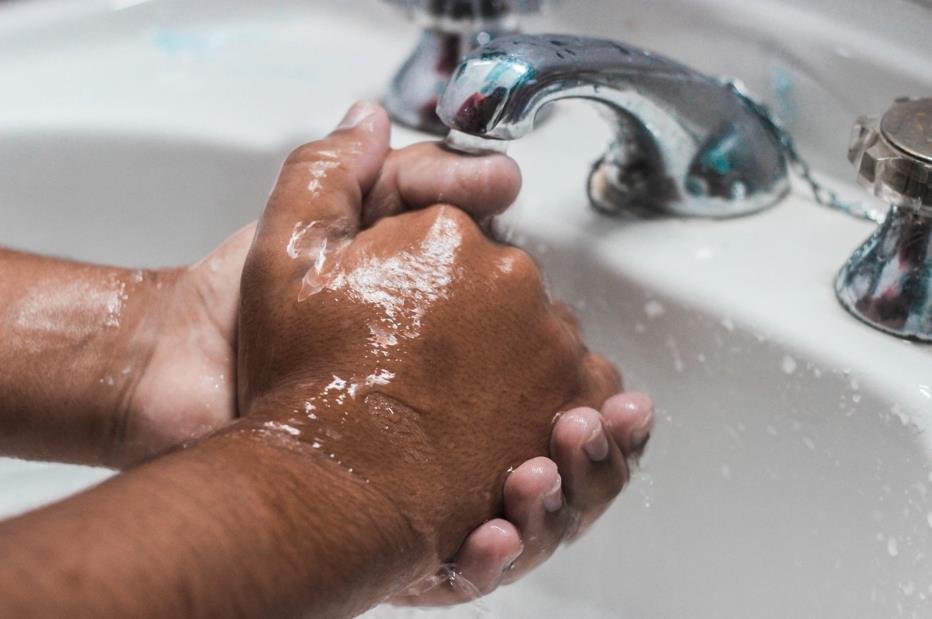
Kitchens can get dirty, but so can other parts of your house/workplace. Therefore, you should make sure that your hands are clean before handling or preparing food. Wash them to prevent any contamination of your ingredients or equipment.
Make sure that all of your utensils, cutting surfaces, and appliances are perfectly clean before using them again. If not, this needs to be done before you start cooking.
It is a good idea to keep ingredients in separate parts of your refrigerator ― in particular, fish and meat should be stored away from fruit and vegetables. Juices from exposed meat and fish can drip down and contaminate items below, so these should be put on the bottom shelf if possible.
Another possible danger is not properly defrosting meat before cooking it. You can cook some meat and fish directly from frozen. Other things such as minced meat must be thoroughly defrosted and cooked to exterminate poisonous bacteria from within. Always check beforehand if you are unsure.
Kitchen safety rules: while cooking
Cooking can be an intense activity that requires lots of concentration and effort. In a hot and stressful kitchen environment, it is easy to forget basic safety rules, especially when you have to work fast. You will save yourself a lot of trouble or even trips to the hospital by keeping these tips in mind when cooking.
Knives
Using knives is unavoidable when preparing most meals, so you must become familiar and comfortable with them. However, you must never forget the potential dangers they pose. Every cook needs to practice proper cutting techniques to protect their hands.
You can refer to our guide for in-depth advice on cutting techniques, but here are some key points to remember:
- Never cut towards yourself as a knife could very easily slip and cut your body.
- Keep your knife sharp. A blunt knife is more dangerous since it forces you to push harder, thereby increasing the chance of an accidental slip (see our sharpening guide).
- Do not place sharp knives in the sink. If they are not visible, somebody may place their hand in and cut themselves.
- Keep the fingers of your non-dominant hand tucked in when cutting.
- Walk slowly when carrying knives and never point them in front of you.
- Do not touch the edge with unprotected fingers.
- Never try to catch a falling knife. Try your best to move out of the way if you see a blade falling.
Handpicked for you
True cutting power in the palm of your hand
Other equipment
Do not place pots and pans onto a stove with their handles sticking out because you might accidentally knock them off. The safest method is to place your pans at the back of the stove where they are harder to reach.
If you are boiling or frying anything, be careful of steam and hot oil. These fluids have the potential to burn you, so never put your face too close to a frying pan. Similarly, putting your hand or face directly above a hot steaming pot can cause nasty burns.
Never underestimate the temperature of hot pots or dishes. Touching them for even a second can give you a painful burn, so always use oven mitts (or dish towels) to pick them up.
Knives are not the only sharp things in your kitchen. Peelers, skewers, and graters are other objects that can cut you badly, so pay attention to these as you would to your knives. Another possibly dangerous piece of equipment is your food processor; its blades are very sharp, so make sure it is turned off and unplugged before putting your hands inside.
Fire safety
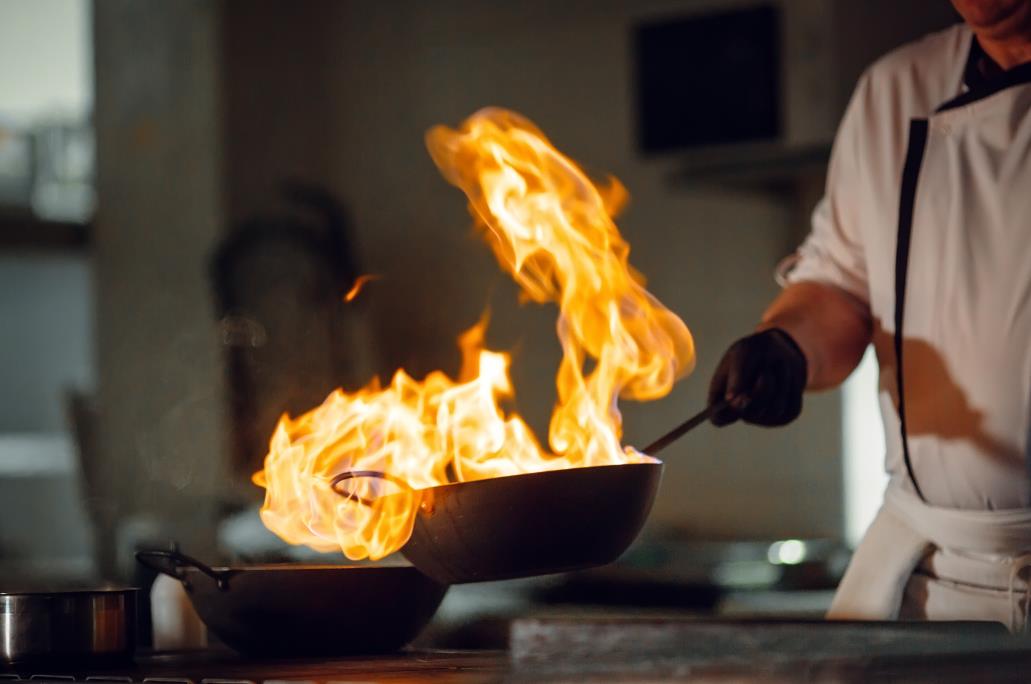
You should always be ready for the worst possible outcome: hope for the best but prepare for the worst. Fire is no different. If you do have a fire extinguisher or blanket, keep it on standby during meal preparations. Other fires can be extinguished with baking soda. Make sure you are familiar with different kinds of fire so that you can react fast in an emergency.
When you start cooking, double-check that the oven or stove is on the right flame or temperature setting; otherwise, you could accidentally burn your dishes.
Try to remain in your kitchen while things are cooking. If you must leave the room, keep track of the cooking time and return to check on your dish at regular intervals. Flammable items like paper towels, cardboard, or cooking oils should never be exposed to open flames or hot stoves.
If you feel that a fire is getting out of control, do not hesitate to call the fire department. Do what you can to minimize the damage to your property, but remember: safety is the top priority. As with any house or office fire, you must exit the building if the situation gets worse
Hygiene
If you intend to prepare different ingredients or separate meals altogether, be careful of how and where you cut the ingredients. The easiest way to ensure good hygiene is by cutting different types of ingredients on individual color-coded boards: fruit and vegetables, meat, fish, and bread can have their own separate boards.
If you only have one board, you must wash it thoroughly with soap and hot water after preparing raw meat and fish (before cutting anything else). The reverse is not true; you can prepare bread, fruit, or vegetables before cutting meat or fish without washing the board. The only possible issue is an unwanted mix of flavors! The same is true for knives and other utensils ― after touching uncooked meat or fish, wash them before using them again.
After your hands have touched raw meat/fish or your trash can, you must wash your hands immediately afterward even if you are working fast. Not doing so right away will contaminate your dishes plus other areas of your kitchen.
General safety

Cooking with your family can be a wonderful experience and an opportunity to share knowledge with your children. With children in the kitchen, you have to protect them as well as yourself from all the potential hazards. Make an effort to show them what is dangerous and the reasons why.
On the other hand, if you do not want children (or pets!) to join in with your cooking, lock the door or tell them that you are busy before you start.
As your cooking progresses, your kitchen will become increasingly steamy and smoky. This, combined with the loud noises and strong smells, can make it hard to see and concentrate properly. You will have a much more enjoyable experience if you can breathe and see well. Therefore, you must try to keep your kitchen well-ventilated by opening your windows or turning on your air conditioning.
Spills happen, and kitchen floors are rarely the cleanest surfaces. However, if you drop a large quantity of liquid or other slippery objects (like banana or potato peel), you could slip and suffer a serious injury. Cleaning up spills quickly is vital, especially if others are unaware of them.
Kitchen safety rules: after cooking
Just because you’ve served your meal and started to eat does not mean that your kitchen is now risk-free. As a cook, you are responsible for returning the kitchen environment to how it was before you started cooking. That entails turning off appliances, plus cleaning and storage of equipment.
Fire safety
Have you turned all your appliances off? Double-check that you have. If you accidentally leave your stove burning, a fire could start while you are out of the room.
Your pots and pans will still be very hot after cooking, so give them a chance to cool before washing them.
If you experienced a fire and were lucky to extinguish it, you need to learn from your mistakes to make sure that it won’t happen again. As a precaution, check that your fire alarm and extinguisher/blanket or any other equipment are still in good condition in case you have to deal with more fires.
Knives
When you have finished cooking, it is essential not to leave your knives in a visible location such as the worktop, where children could access them. You should clean your knives and other utensils as soon as possible.
The best way to clean your knives is by rubbing a soapy sponge along the spine (not the edge!) under hot water. Then, dry them with a clean towel. Afterward, you can immediately put the knives safely out of reach.
Placing your knives in a drawer without any protection can damage them. This also puts you at risk of accidental cuts. Some better ways to store your knives include a knife rack or block. Learn about some easy child-proof storage options here.
The consequences of ignoring safety rules
A kitchen is such a familiar and (normally) pleasant environment, but things can quickly turn ugly when an accident occurs. As you know, many potentially bad things can happen; all it takes is a momentary loss of concentration.
Knives

A kitchen knife is either a helpful tool or a dangerous weapon. How you use your knives determines how safe they are. Knives are purposefully sharp to make cutting through tough ingredients easy. Unfortunately, that also means they can slice through your skin and flesh.
If you use poor cutting techniques or do not focus fully on what you are preparing, your knife could quite easily slip. Injuries can range from simple cuts to severe bleeding or deep wounds that need stitches. Nasty cuts can also occur if you accidentally from touching a knife that you cannot see in your sink.
If you drop a knife and do not move out of the way, your legs and feet may suffer serious damage. Any small children or pets are also vulnerable to severe injuries from falling blades.
Fire safety
It is easy to forget how hot pans on the stove and dishes in an oven can get. Failing to wear protective clothing or use oven mitts will cause painful burns. Some of these burns can permanently damage your skin. Even hot oil or steam can be dangerous.
In a kitchen, multiple appliances can reach extremely high temperatures. The same microwave, stove, or oven that cooks your food has the potential to ignite a deadly fire. If any flammable items are close to the flame on your stove, then a fire could spread around your kitchen fast
If a fire does break out and you do not have any equipment to extinguish it, then the best you can hope for is small-scale damage. In the worst-case scenario, that fire could spread to the rest of your home or workplace building.
Hygiene
Unlike other risks, the dangers of poor hygiene are not always visible. Bacteria from raw meat and fish are cannot be seen but pose a significant threat to your health. If you consume any such bacteria, you will likely suffer food poisoning.
After cutting meat or fish, the harmful bacteria will linger on your knife and cutting board. If you fail to clean your equipment soon after using it, you may forget that it is dirty. This means you could accidentally touch it and contaminate other areas of your kitchen.
While you focus your attention on cooking, it is possible to forget how dirty trash cans are. If you touch your trash can and then return to cooking without washing your hands, you could very easily contaminate your ingredients or utensils.
General safety
When working in a kitchen, there are other less obvious things to look out for. If you spill food or liquids onto the floor, that could cause you to trip and fall. Injuries can range from bruises and cuts to broken bones or concussions for very bad falls.
The same is true of your pets or small children. If they enter the kitchen without your knowledge, you might not see them and subsequently trip over. This can injure you and them.
If your kitchen has poor ventilation, the reduced visibility and air quality will prevent you from seeing or breathing well. This increases the probability of accidents because you will be less able to concentrate or spot dangers before they harm you.
The best products for kitchen safety
Nowadays, there are many great products out there that can help to make your time in the kitchen safer. Using some of these gadgets will minimize the risks described in this article.
Cut-resistant gloves

These incredible gloves will not make you bulletproof, but will certainly protect your hands against serious damage from sharp knives.
Cut-resistant gloves provide protection without affecting mobility. They are usually made from steel or fiberglass mesh. Despite their fantastic material properties, these gloves do not usually cost very much.
Knife sheaths

If you wish to store your knives in a drawer safely, sheaths will shield the blades from damage and protect your hands from cuts. Sheaths are simple pieces of material that can easily slide on and off your blade. This storage solution is simple and cheaper than installing a knife rack or block.
Frying pan splash guard
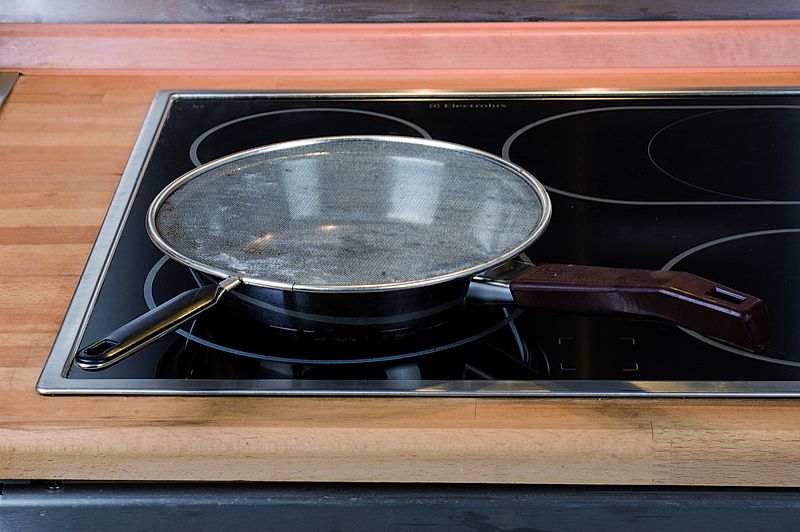
With this simple yet genius device, you never have to worry about spitting oil, meat, or fish ever again. The splash guard consists of a circular sheet of stainless steel mesh attached to a handle.
The mesh covers your pan to protect your skin from painful splashes of hot oil and keep your stove clean. The splash guard prevents particles of oil/water from passing through but still enables ventilation for your pan.
Safety is priceless
If you are not careful, your kitchen is a potentially dangerous place. Luckily, you can eliminate most of the risks by being familiar with your kitchen and staying organized. Also, there are plenty of tools you can buy to make your cooking experience easier and safer.
This guide has hopefully listed most of the dangers that you may encounter in your kitchen. Even if you face something unexpected in the future, good preparation with a sharp knife will help you to deal with it.







